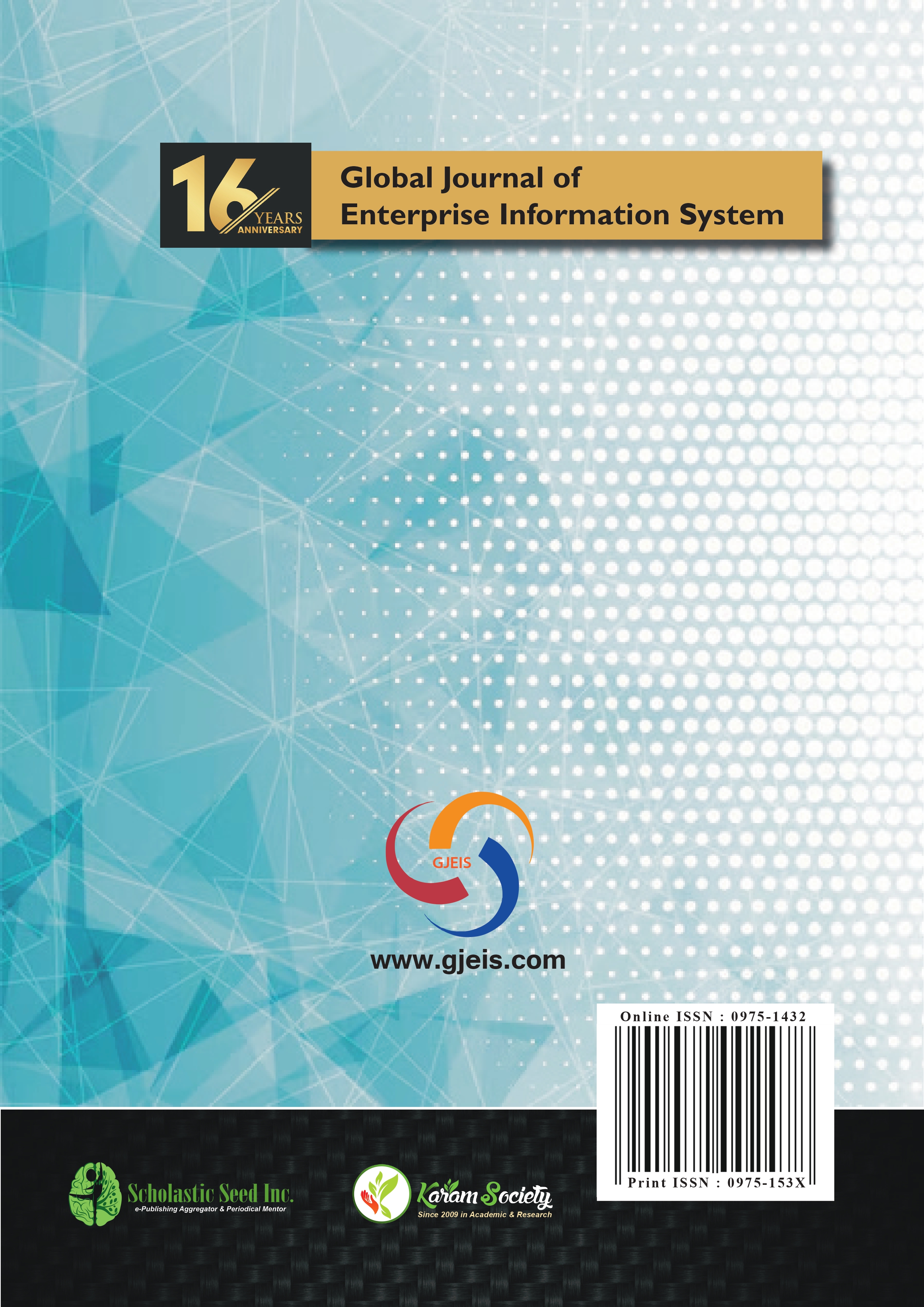Environmentally Sustainable Business Practices: An Anecdote from Infosys
Abstract
The term ‘Sustainable Development’ refers to the development that meets the needs of the present without compromising the ability of the future generations to meet their needs. ‘Environmental Sustainability’ is a facet of Sustainable Development and is about
preserving the long term quality of the natural environment. To achieve ‘Sustainable Development’ business organizations need to
adopt environmentally sustainable business practices. Success at the global level can be achieved only if companies adhere to such
business practices. International standards have been developed with regard to carbon emissions and Global Reporting Initiative
(GRI) being the most widely used Sustainability Reporting framework. In this paper we have studied the environmentally sustainable business practices taken up at Infosys, India’s one of the leading private sector companies. Content Analysis has been used as
the research methodology. Data of the last six years (2008-2014) has been used to show the impact of the environmental initiatives
taken up at Infosys. In the last six years Infosys has achieved a 43.6% reduction in electricity intensity and 34.5% reduction in water
intensity against the base year, 75.6 mn units of electricity sourced from renewable sources, 2.0 MW of onsite solar plants, 3.4 mn
sq.ft. of land with highest rated green buildings, and many more significant achievements to its name. The environmental initiatives
taken by Infosys are not specific to it, but can be ideal for any organization irrespective of its type of goal.








